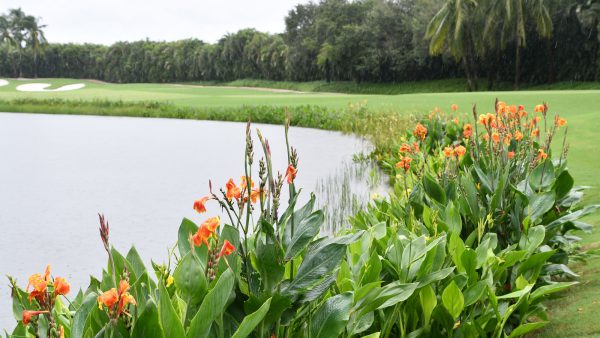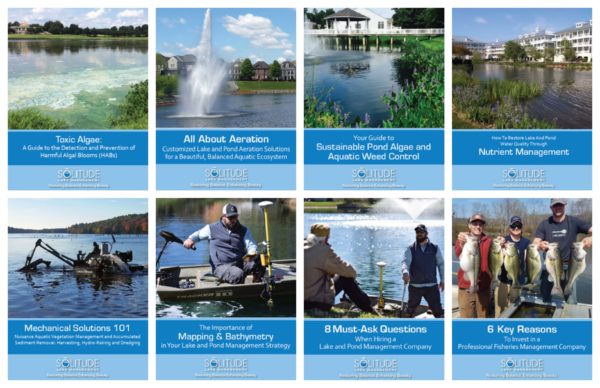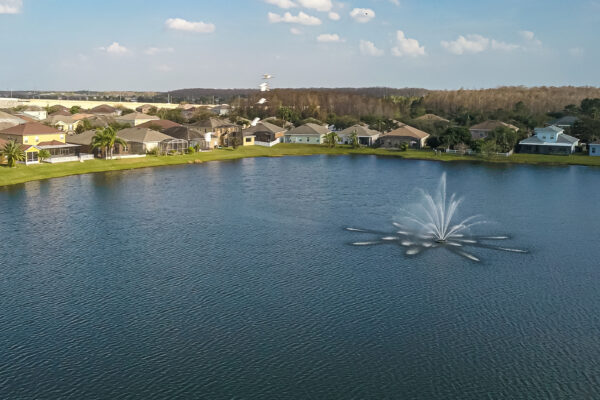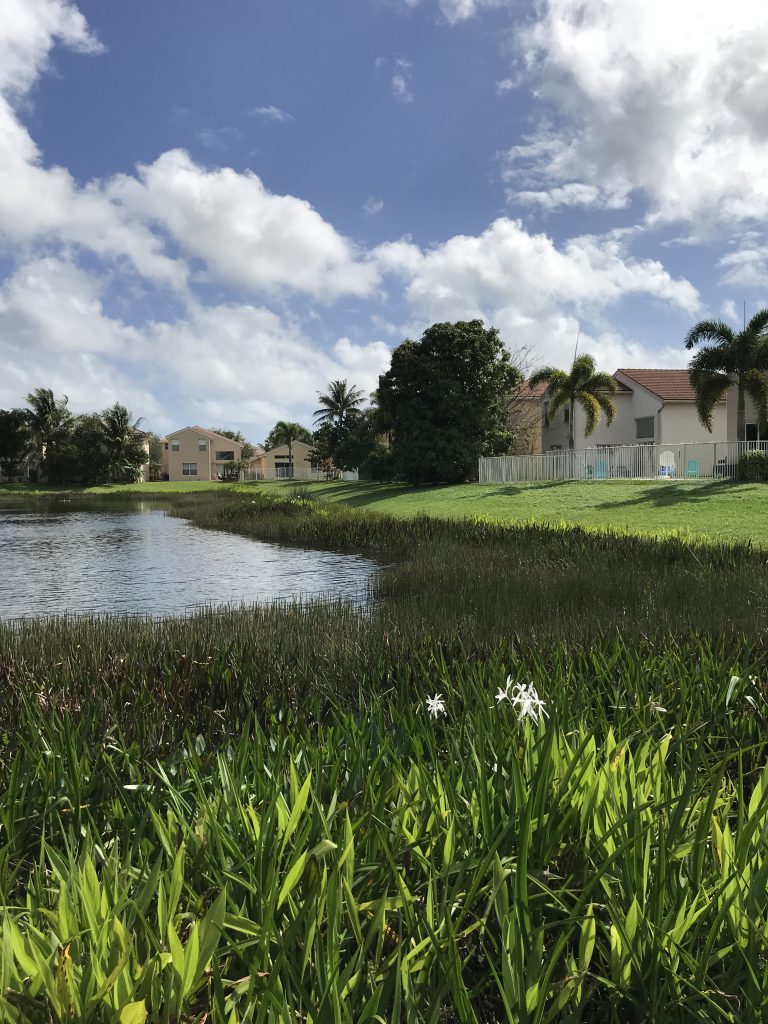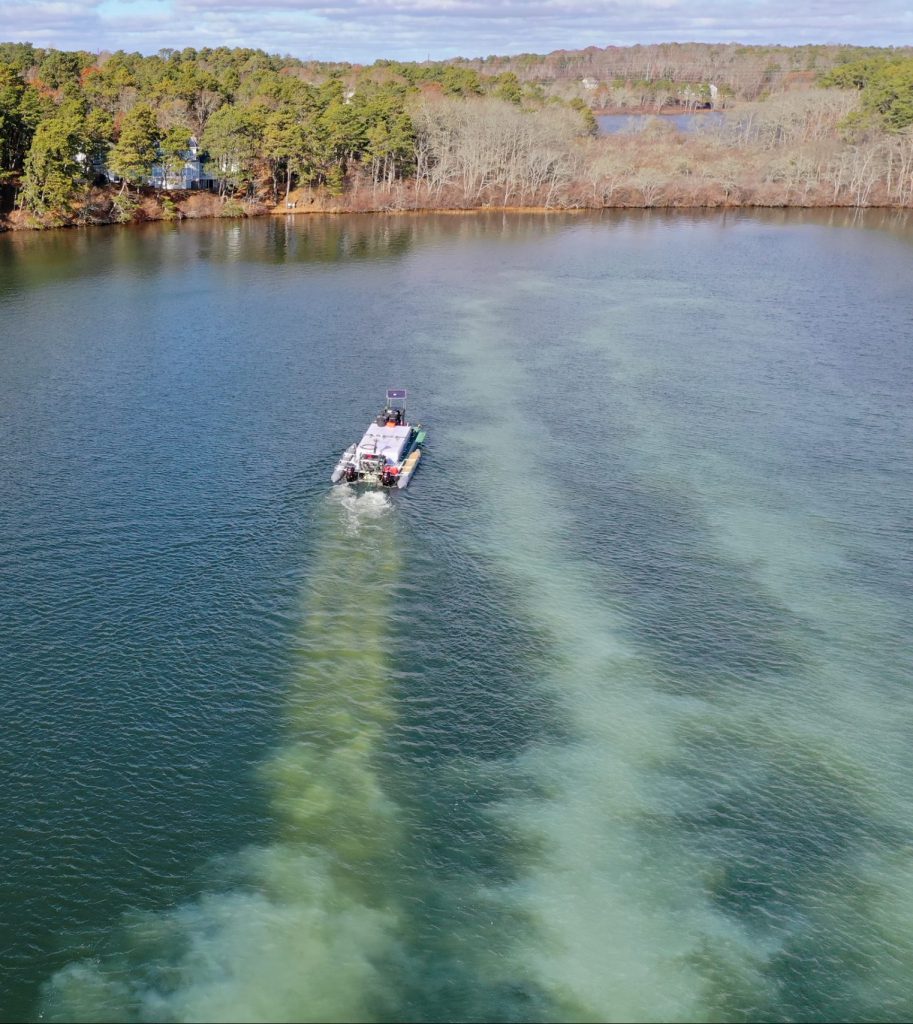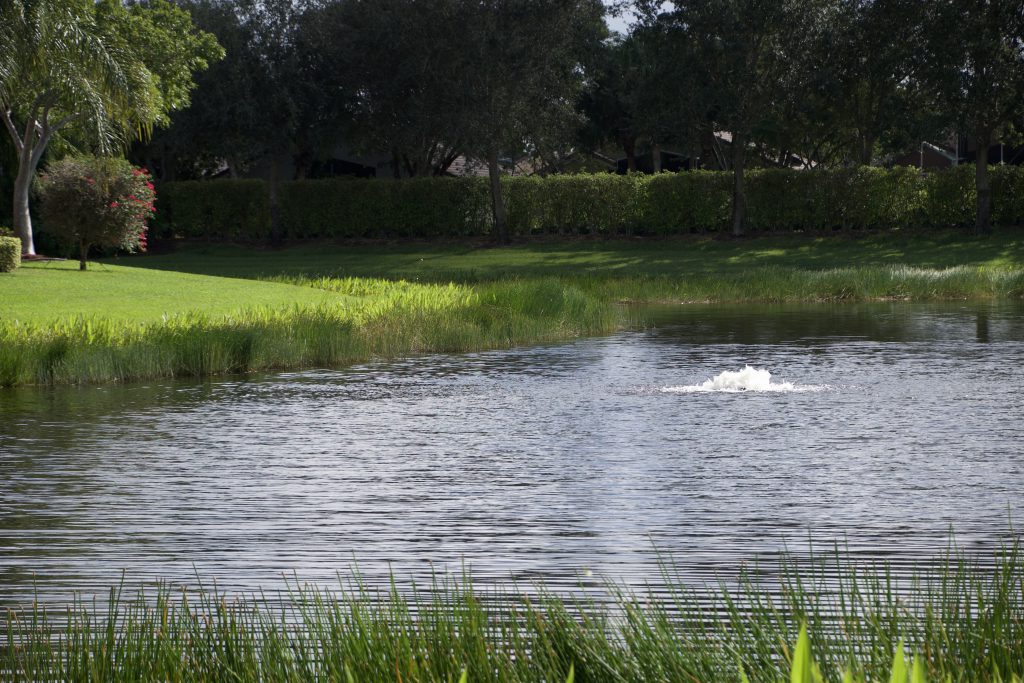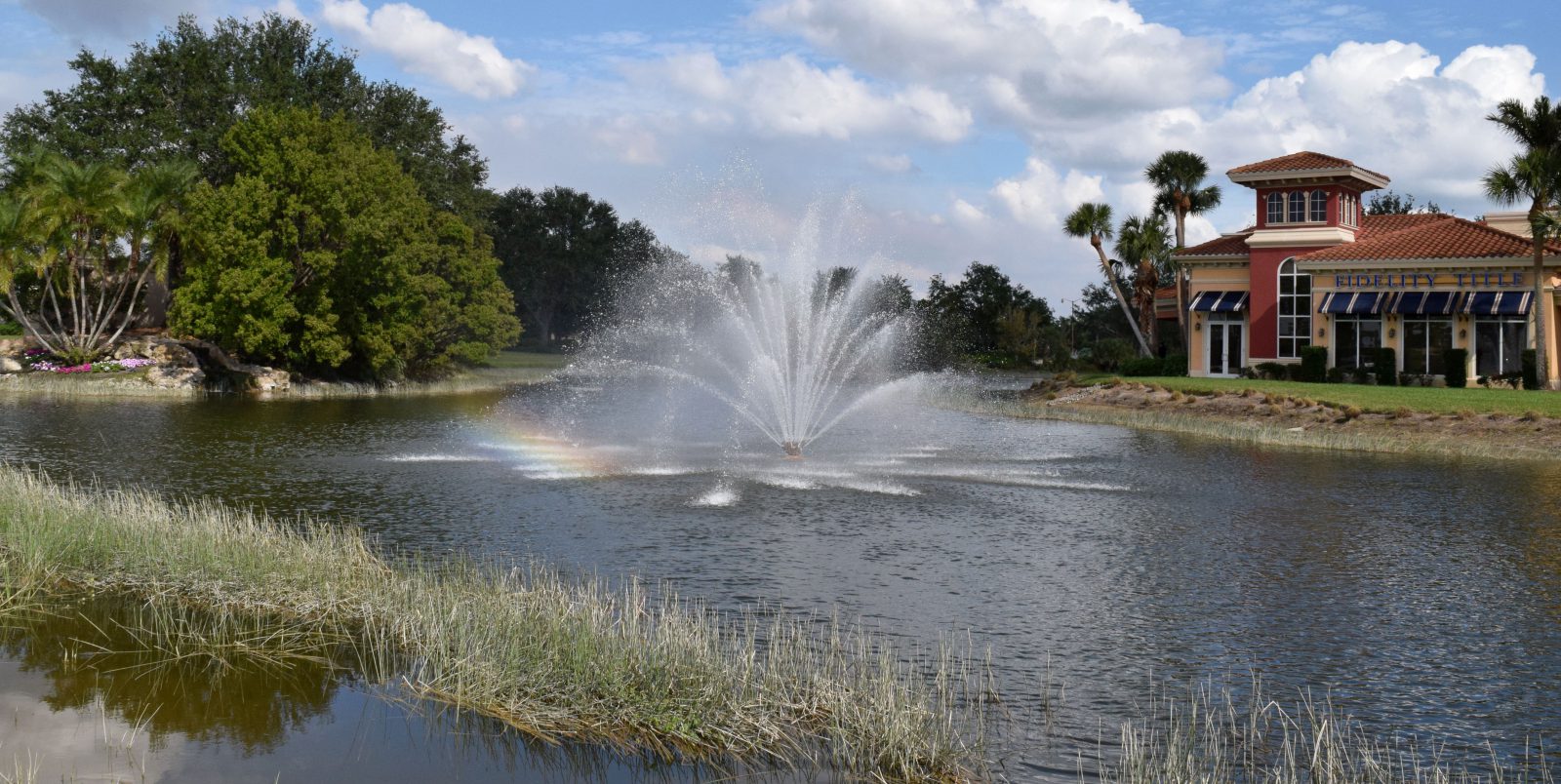
How to Control Algae in Ponds: Management Best Practices
As warm temperatures rise, the threat of nuisance pond algae blooms returns. Want to know how to prevent algae in ponds? Year-round pond maintenance and a proactive approach using natural methods to restore ecological balance are the preferred methods to help promote healthy water quality and, in turn, keep algae out of your pond.
Here are some recommended environmentally friendly and effective algae control methods used to promote attractive and healthy lakes and ponds in your community:
Limit Excess Nutrients from Entering Your Water
The main goal of a successful pond algae control plan is to limit and reduce the nutrients in the water that can cause unwanted algae growth. Avoid grass clippings, leaves, fertilizer, and other nutrient-loaded organic debris from getting into your waterbody.
Limit mowing around the edges of your lake or pond to help establish a protective vegetative buffer. You can plant beneficial vegetation in and around the edges of your lake or pond to stabilize the bank, help reduce erosion areas, and keep nutrients from entering the waterbody. Aquatic plants such as pickerelweed, sedges, and rushes often add beauty as well as provide nutrient absorption to a shallow area within a body of water that is partially wet.
Discover How to Balance Nutrient Levels
Consider Biological Augmentation to Balance Nutrients
Biological augmentation can significantly improve pond water quality by utilizing naturally occurring microbes and enzymes that aid in the maintenance of healthy water ecosystems. The dosing of these naturally-occurring micro-organisms boosts the natural populations in your ponds, helping to further reduce the accumulation of nutrients and organic sludge, thus removing the primary food source for the algae.
Bind Available Phosphorus with Nutrient Remediation
When looking to prevent algae in ponds, you must focus on phosphorus, which is the primary limiting nutrient in the proliferation of nuisance and harmful algal blooms. Lanthanum-modified clay can permanently remove phosphorus from the water column and lock all available phosphorus in the muck on the pond’s bottom. By binding all available phosphorus in your pond, it is no longer available as a food source for algae blooms.
Other nutrient remediation solutions like alum, can also help remove phosphorus from larger waterbodies and help improve water clarity. This solution is fast-acting and long-lasting, making it an excellent water quality restoration solution for recreational lakes, drinking water reservoirs, and wastewater treatment plants.
How to Control Algae in Ponds: Seeing is Believing
- Pond Algae Control, Before & After
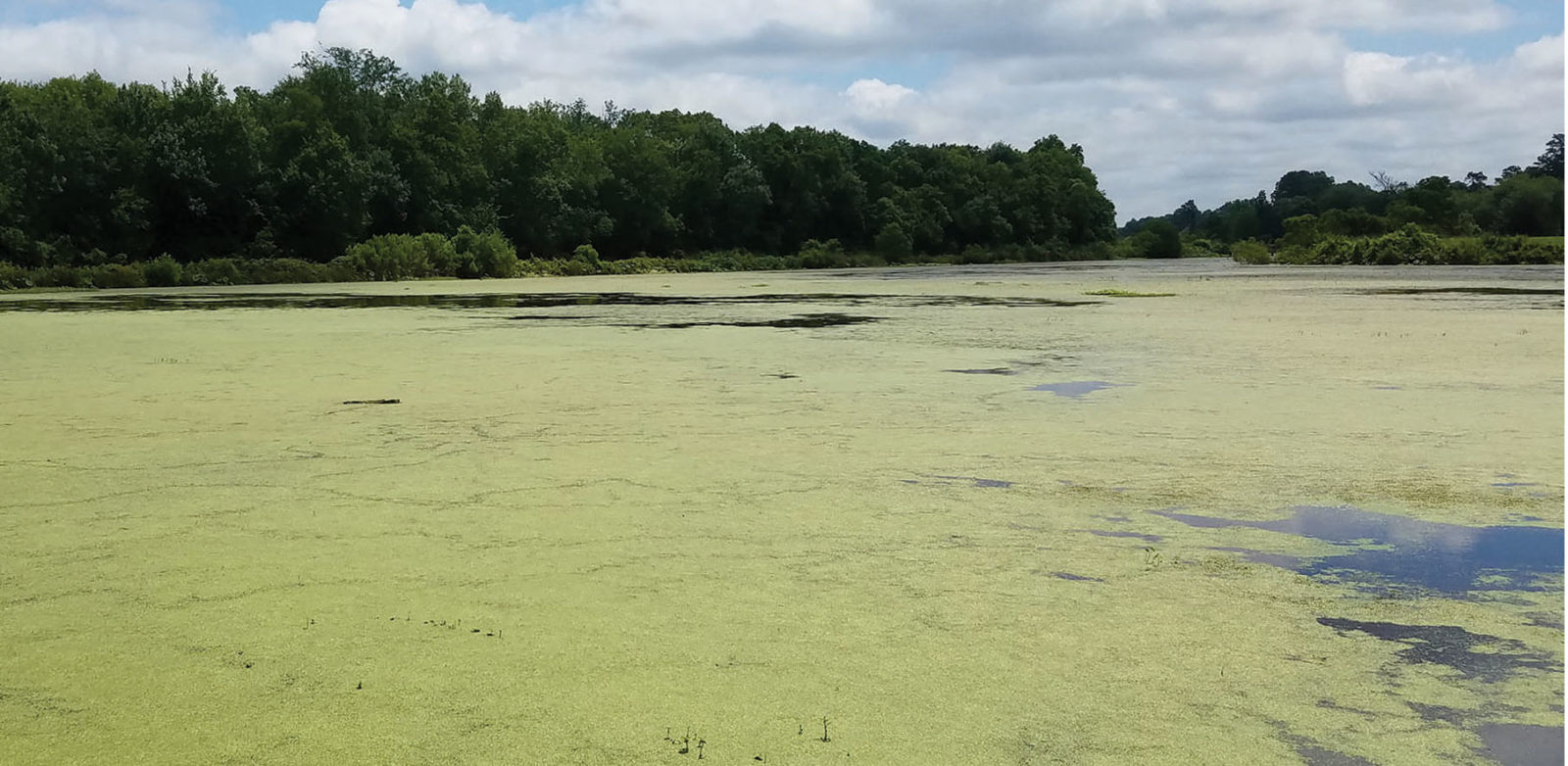
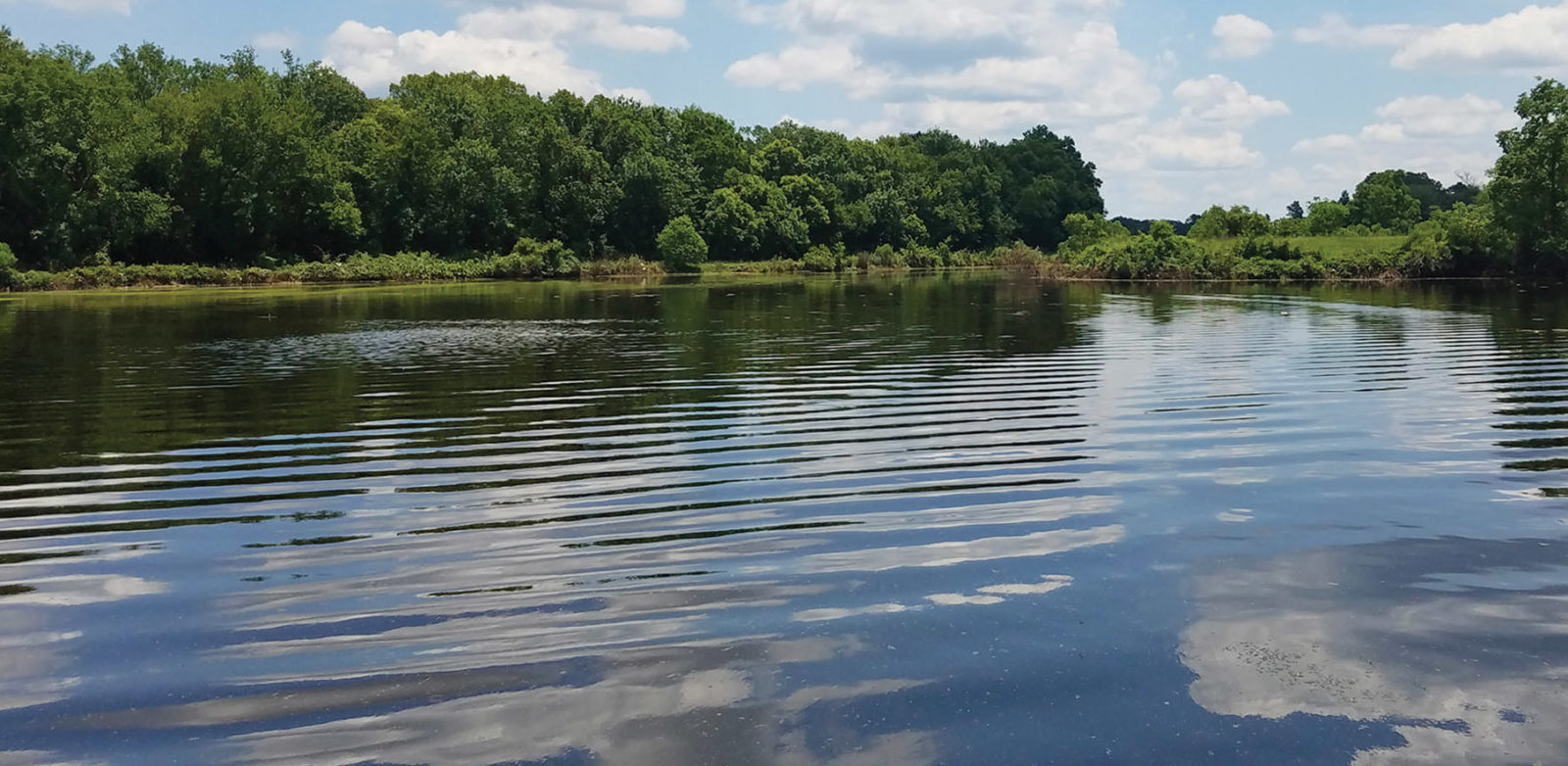
Install and Run Aeration Systems
One of the best practices for helping to maintain your water and prevent the accumulation of nutrients that could lead to excessive algae is to install and continuously run a submersed air-diffused or floating surface pond aeration system.
Aerators increase diffused oxygen in the water, which in turn supports and encourages the growth of beneficial aerobic bacteria. These beneficial bacteria break down organic matter and consume excess nutrients which helps to balance and improve water quality. The benefits of aeration to a lake or pond are actually higher at night, so running your aeration continuously is highly recommended.
Maintain Clean Water with Proactive Management
All of these strategies are centered around using techniques and products that are natural and completely safe for use in the aquatic environment, thus limiting your reliance on pond algae treatments using algaecides.
If all of your efforts to improve water quality and prevent algae are not enough, algaecides can be applied safely and effectively to control algae in ponds. However, after a pond algae treatment, it is still imperative that you implement an annual program designed around balance and preventing algae through water quality improvements. Otherwise, you will find your lake or pond with recurring algae blooms, needing continuous treatments with algaecides. Break the never-ending cycle with proactive management!
Want to know how to prevent algae in ponds? Contact our experts today.
Call 888-480-5253 or complete the form below to speak to a pond algae control and proactive lake management specialist.

